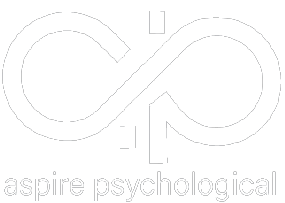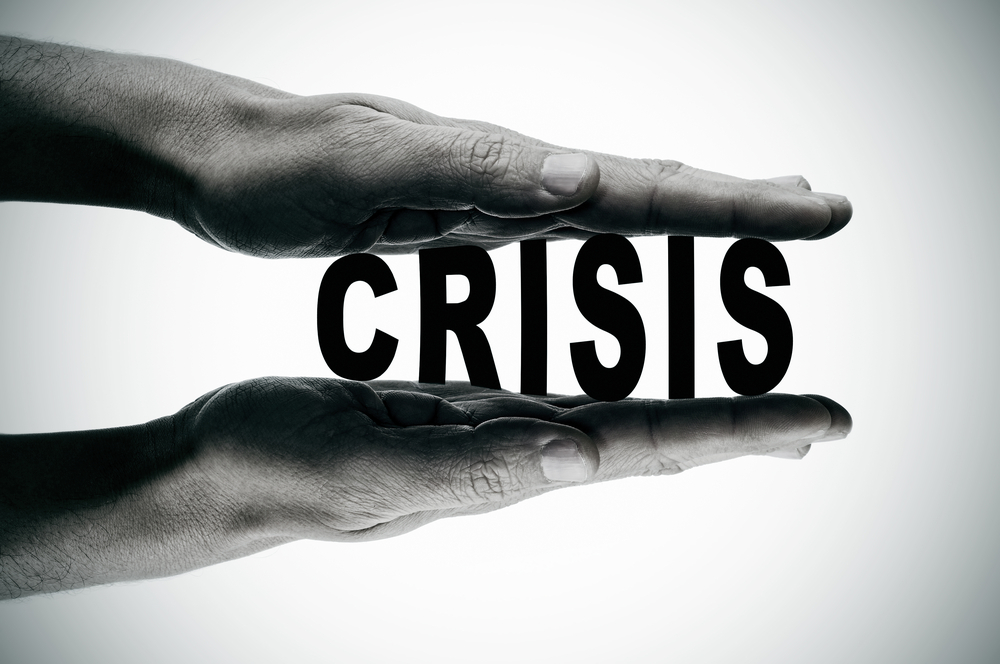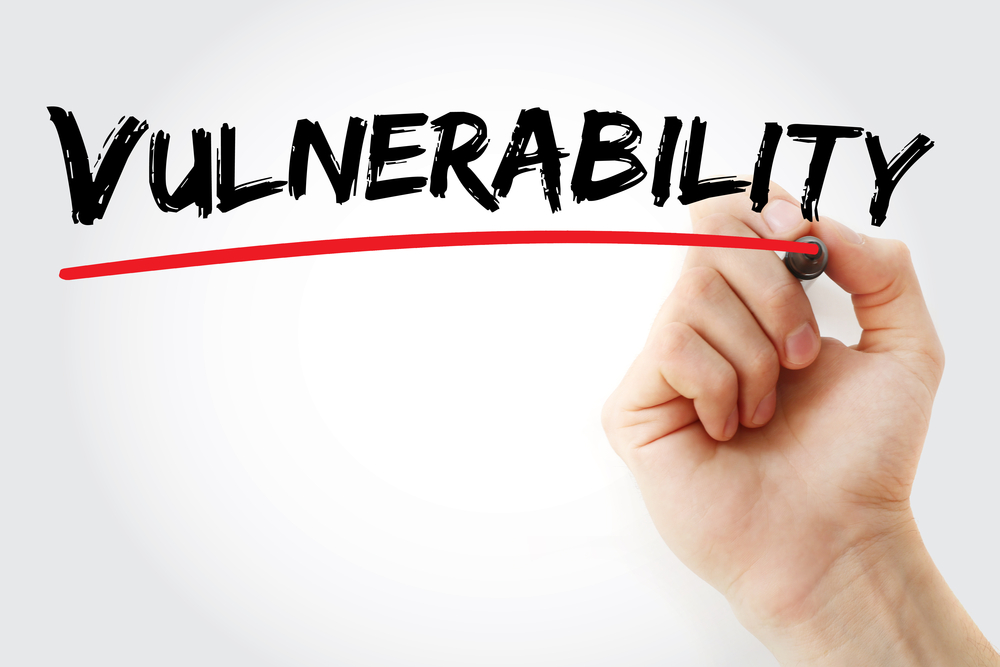The experience of a panic attack is very difficult to put into words. Someone who experiences it on a regular basis not only experiences mental and emotional stress, but also physical manifestations. In other words, panic attacks produce physical symptoms. Those symptoms can be just as unsettling as the emotional component.
So, what does a panic attack actually feel like? You may be curious to know because either you or one of your children seem to experience frequent episodes of panic. Below we describe the most common physical symptoms that come with panic attacks. Note that panic attacks are a form of anxiety – and they are treatable.
1. The Shakes
Uncontrolled trembling, also known colloquially as the ‘shakes’, is a common symptom of panic attacks. In fact, trembling is a fairly consistent symptom in most forms of anxiety. It can be anything from mild and barely noticeable to full-body tremors that are nearly impossible to control. It is believed that the trembling is due to an overactive sympathetic nervous system that responds too aggressively under stress.
2. Heart Palpitations
Anxiety disorder patients often speak of heart palpitations when talking about panic attacks. In some cases, palpitations manifest themselves as an intense awareness of the heartbeat. Other times, it can feel as though the heart is racing. Unfortunately, this particular symptom can heighten a person’s panic attack by causing them to believe they are in the midst of a medical emergency.
3. Shortness of Breath
It is not unusual for heart palpitations to be accompanied by shortness of breath. A panic attack sufferer might feel as though they are being smothered and cannot catch a breath. Or they might feel as though they are choking. In either case, shortness of breath can lead to hyperventilation, which also exacerbates a panic attack.
4. Nausea
Nausea is a less common symptom of panic attacks although still common enough to be pretty typical. In a few cases, the nausea might also lead to vomiting. People suffering from panic attacks often describe their nausea as that butterfly feeling in the stomach. There is actually a medical cause to this phenomenon: excessive adrenaline as the result of the fight or flight response associated with panic.
5. Chills, Hot Flashes, Sweating
We have thrown these three symptoms into one because they all relate to body temperature regulation. Some people who suffer regular panic attacks also get the chills at the same time. Others experience hot flashes and profuse sweating, particularly in the palms and armpits, and on the forehead and back.
6. Dizziness
When dizziness is associated with panic attacks, it could very well be the result of shortness of breath. We would expect someone who is not getting enough oxygen to feel dizzy or lightheaded. More often than not, forcing oneself to take a deep breath followed by slow exhalation solves this particular issue.
7. Chest Pain
Although there are other symptoms associated with panic attacks, the last one we will discuss is chest pain. This is one of the more profound symptoms that tends to occur in only the most serious cases. Chest pain during a panic attack is the result of muscle contractions brought on by stress. Many people mistake the pain as a symptom of heart attack rather than panic.
If you experience regular episodes of panic along with any of these physical symptoms, you may be dealing with an anxiety disorder. Know that your anxiety and panic can be successfully treated. Panic attacks are just one of the many disorders we address here at Aspire Psychological.





